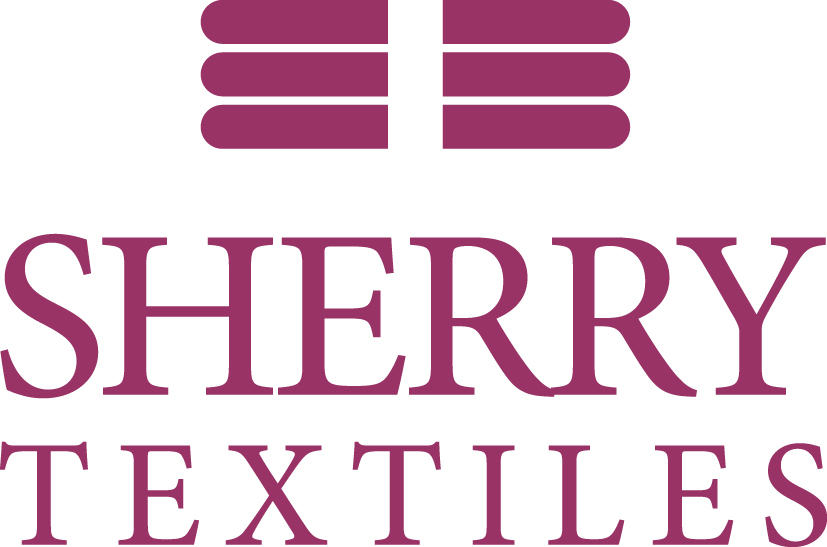Confused by the myriad of Textile Terms? Become an expert with the help of our Textile Term Glossary…
THREAD COUNT EXPLAINED
Thread Count is the number warp and weft threads per square inch in the woven fabric.
The higher the count, the finer and denser the fabric feels. Higher thread count fabrics feel softer and more luxurious.
WHAT IS YARN COUNT?
It is the method used to describe the density (thickness) of the yarn and is traditionally given in “cotton count” e.g. 16’s, 30’s, 40’s. In this system the lower the count, the thicker the yarn, so a 16’s yarn will be thicker than a 40’s yarn.
The higher counts e.g. 40’s, 60’s will be used in bed linen and the lower counts in table linen.
WHAT IS PERCALE?
A term that simply refers to a closely woven, plain weave fabric that’s most commonly used in the manufacturing of sheets and other bed linens.
The word percale itself actually refers to the way the fabric is woven. The weave is noticeably tighter than that of standard bed sheets. Percale sheeting is a minimum of 180 thread count.
BENEFITS OF COTTON
100% cotton bedlinen provides greater comfort due to its naturally absorbent properties which will absorb moisture from the body during sleep.
BENEFITS OF POLY/COTTON
Polyester cotton combines the absorbent properties of 100% cotton with the easy care and faster drying characteristics of polyester.
BENEFITS OF POLYESTER
Polyester is a synthetic fibre. When Polyester is woven into the yarn offers a greater amount of strength and elasticity than a cotton yarn.
The polyester yarn also improves the dimensional stability of the product. It does not shrink and retains its original shape.
It is more eco friendly, as polyester products dry much quicker and crease less after washing.
PILLING
Pilling (often described as bobbling) occurs when fibres break free from the fabric as a result of abrasion. These loose fibres form an entangled ball which is loosely attached to the fabric surface giving a rough and worn appearance.
DUVET BAG STYLES
- Open End: This is the traditional style of hotel duvet cover that incorporates an open end that can be tucked under the mattress, making it easier to change than other varieties.
- Envelope Style: Envelope style duvet covers feature an internal flap which closes the duvet inside and holds it in place.
- Poppered Cosure: This is where the open end of the duvet bag can be closed with the use of poppers to hold the duvet in position
GSM EXPLAINED
The weight of a towel is measured by the GSM (Grams per Square Metre). Low GSM (300-400) towels are light and thin whilst high GSM (450-600) towels are thicker and heavier.
A towel that weighs less than 400 GSM is likely to be thin and typically suitable for a gym bag or trips to the beach.
If you are purchasing a hand towel or guest towel then it is advisable for the GSM to be at least 400.
For Bath Towels, a higher GSM of 500 will provide a soft and absorbent towel. Typically, the higher the GSM, the better performance you will have from the towel.
TOG RATING
Tog rating is a term belonging to duvets. It is a rating of just how warm this product is, with higher tog ratings indicating a warmer duvet
However, it’s worth bearing in mind that while high tog duvets will keep guests cosy and warm during winter, you’ll have to change to something a little cooler during the summer months! As a guide we would advise a 4.5 tog duvet during summer and up to a 15 tog duvet during winter.
LOFT
This refers to the height of a duvet or a pillows filling. A better loft means that more air will be trapped inside the product, resulting in a warmer duvet or more supportive, sumptuous pillow.

Get Social